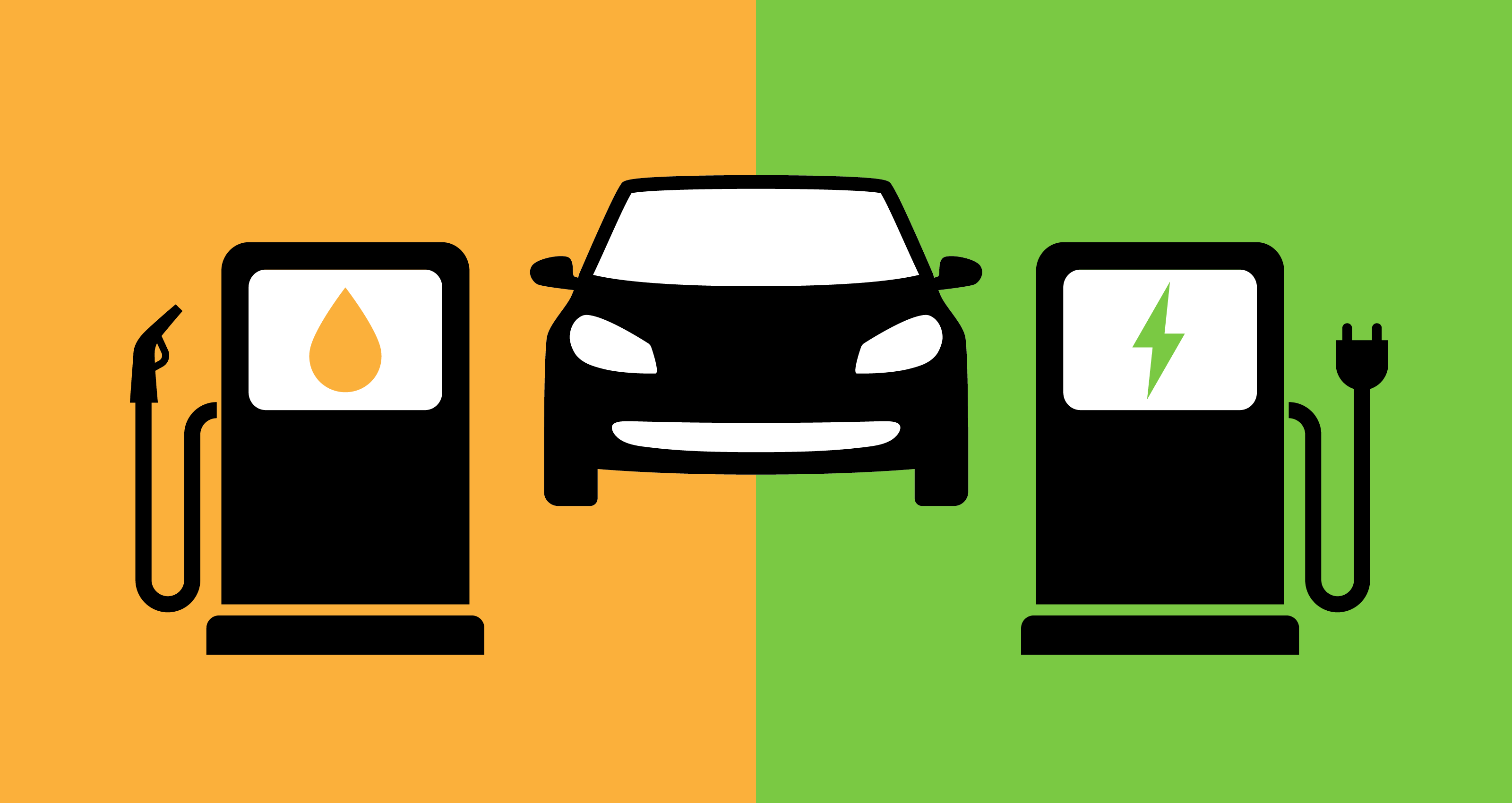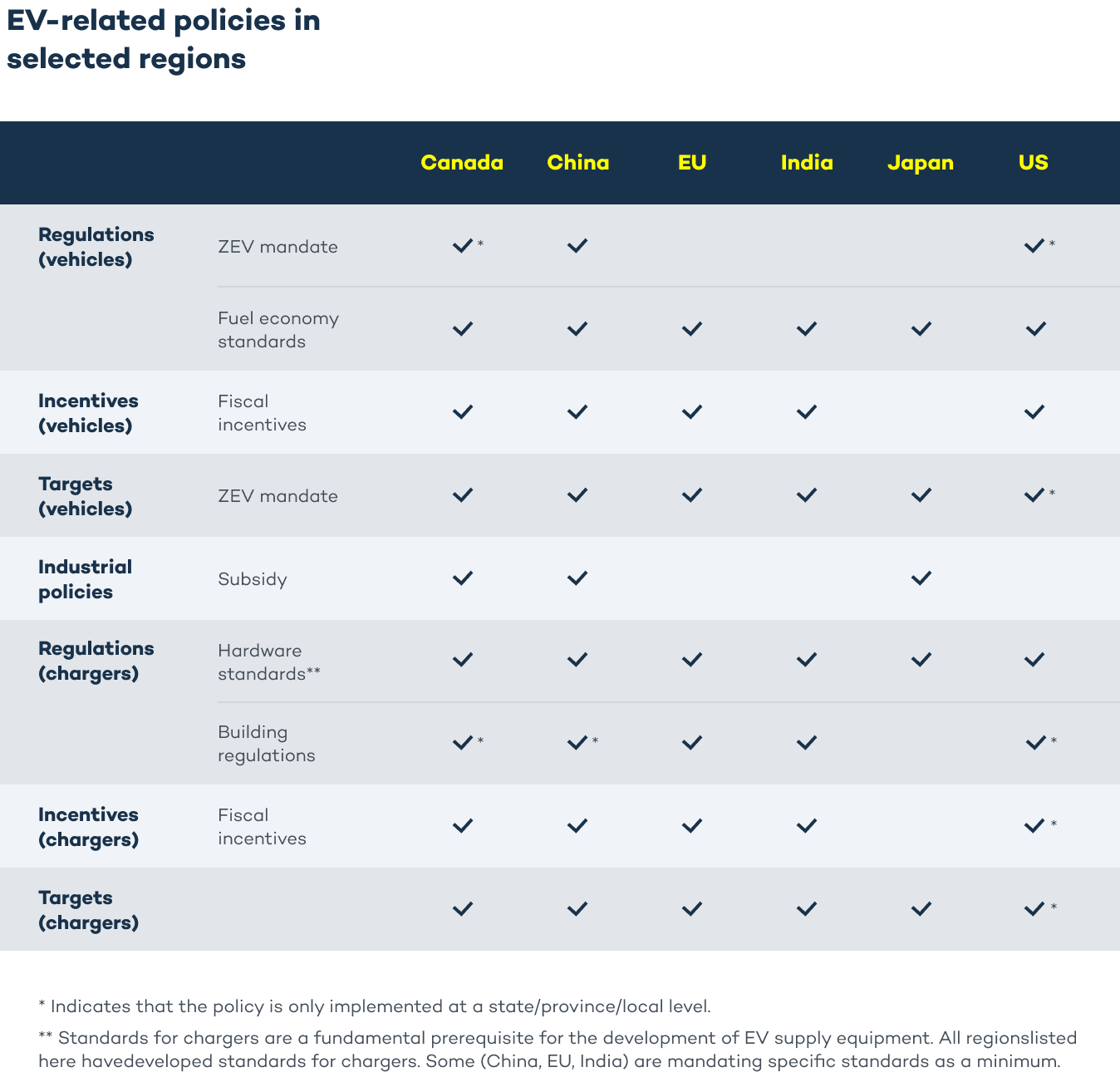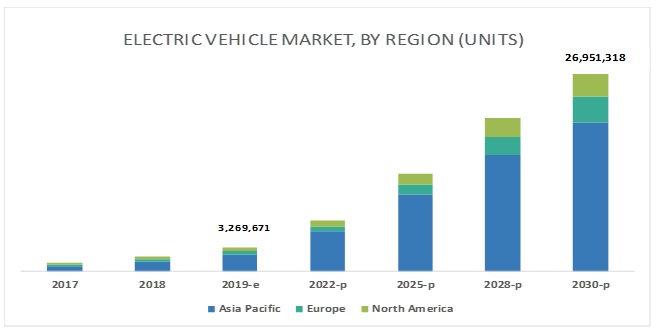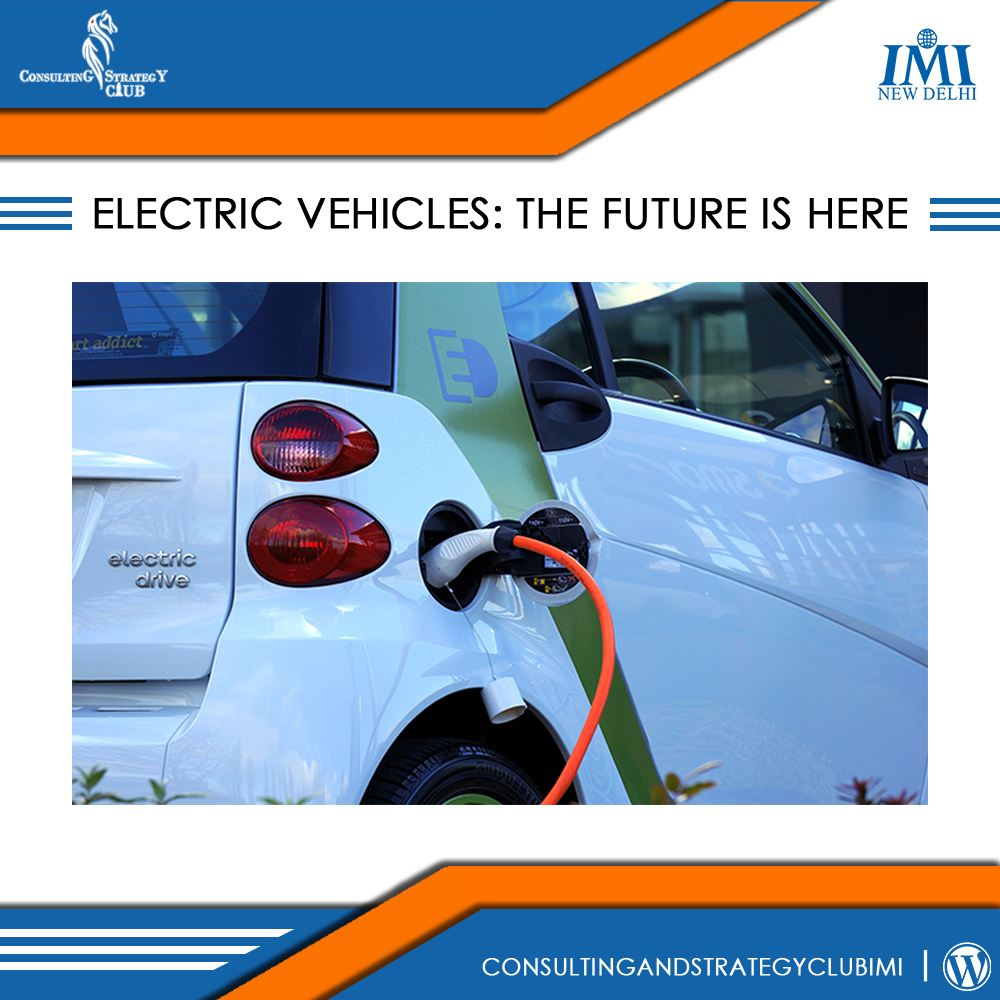Cars that would run on battery, solve the pollution problem in major cities of the world and put a halt to the ever-increasing consumption of oil reserves. 2 decades earlier, man only dreamt of achieving all this where a common man wouldn’t even dare to dream of buying such a mythical creature. But here are we in 2021, where catching a glimpse of Electric Cars in your regular neighbourhood is just a common phenomenon.
The Global Electric Vehicle market has been on an uprising throughout the last decade with the Asian Market being its prime receptor in the last couple of years.
So, let’s take a look at what exactly is an Electric Vehicle?
An electric vehicle (EV) is one that operates on an electric motor, instead of an internal-combustion engine that generates power by burning a mix of fuel and gases. Therefore, an Electric vehicle is seen as a possible replacement for current-generation automobile, to address the issue of rising pollution, global warming, depleting natural resources, etc.
EV’s are broadly classified into 3 main categories:
- Battery electric vehicles are powered by electricity stored in a battery pack.
- Plug-in hybrids combine a gasoline or diesel engine with an electric motor and a large rechargeable battery.
- Fuel cell vehicles split electrons from hydrogen molecules to produce electricity to run the motor.

Why Electric Vehicles?
While many factors favor EV over regular vehicles, major one’s are:
- More sensitivity towards Environment as EV don’t emit pollution
- Larger Capacity of Car due to the absence of combustion engine which gives more boot and overall space to the owner
- Increment in Range. Over time EV’s have been developed to cover large distances in a single charge.
- State of the art features. EV’s come equipped with many features both in luxury and safety as compared to regular vehicles using the combustion engine.

While EV stands out in many aspects, but the pricing segment is the one where EV still lags. Initial expenditure of an EV makes it market available only to a limited number of people as of now. But, with constant developments and Indian Automakers already in the pool of this segment, this challenge is expected to be soon dealt with.
Another area where EV eyes a challenge is the availability of Charging Stations. Developing countries like India have just started to enter the segment, and are not capable to handle the market with the present state of their infrastructure. Also, even if the Charging Stations are developed, the most advanced technologies deployed in the market takes a considerable amount of time to charge one EV. Given the number of vehicles present in countries like China, India, etc., the number of charging stations and long queues will always be a problem.
Future
The Electric Vehicles Market is projected to reach 26,951,318 units by 2030 from an estimated 3,269,671 units in 2019, at a CAGR of 21.1% during the forecast period. The base year for the report is 2018, and the forecast period is from 2019 to 2030.
The Asia Pacific market is expected to witness the fastest growth, followed by Europe and North America. The automotive industry in countries such as China, Japan, and South Korea is inclined toward innovation, technology, and development of the advanced electric vehicle. The increasing demand for reducing carbon emission and developing more advanced and fast charging stations are expected to propel the growth of electric vehicles. BYD, BAIC, Chery, and SAIC among others are some of the key players in the Asia Pacific electric vehicle market.

With favorable government policies and tax rebates being offered, India also stands as one of the major users of EVs soon.
Already, India has Six (6) EVs present on Road for sale which includes cars from Indian Automakers such as TATA too in the medium-high range segment. One example is the TATA Nexon EV which offers coverage of above 200kms of distance in a single charge and can charge 0-80% within 60 mins which shows the dedication of Indian Automakers to excel in the particular field.

Other Electric vehicles
Apart from Electric Cars, the focus has been to revolutionize the map of the entire industry including Buses, Trucks, Scooters, etc.
Indian Automakers such as Bajaj, Mahindra Electric, etc have to keep their focus on the more appealing scooter segment of the Industry which is more affordable and adopted in the Indian markets, while Automakers like TATA looks to revamp their trucks and buses models too to bring a change on the larger front.
With Tesla and other foreign Automakers also entering the Indian Subcontinent market, a substantial improvement in present standards is much anticipated.

Closing Remarks
Mankind has come a long way since the idea of EV was conceptualized. The presence of EV on the Indian Roads is itself an indicator of the fact that the world is ready to accept the futuristic EV as their present. With the support from governments around the world and the passion of automakers, the world is all set to witness a revolution in this decade. All while working towards the ulterior goal of improving our Environment.
REFERENCES
- earthjustice.org
- iea.org
- timesofindia.indiatimes.com
- virta.global
- marketsandmarkets.com

Leave a comment